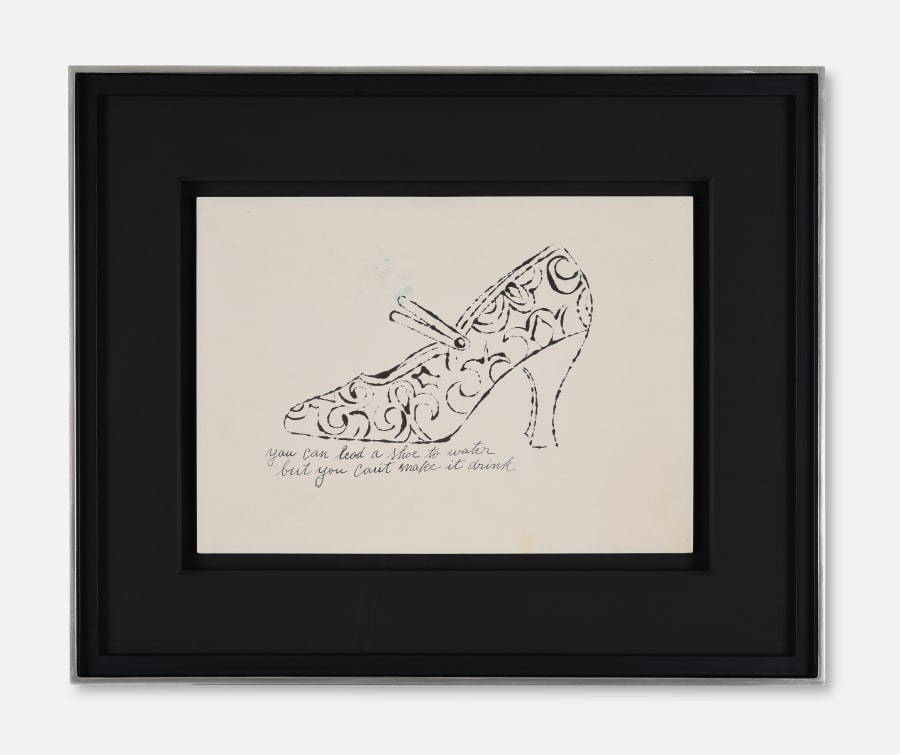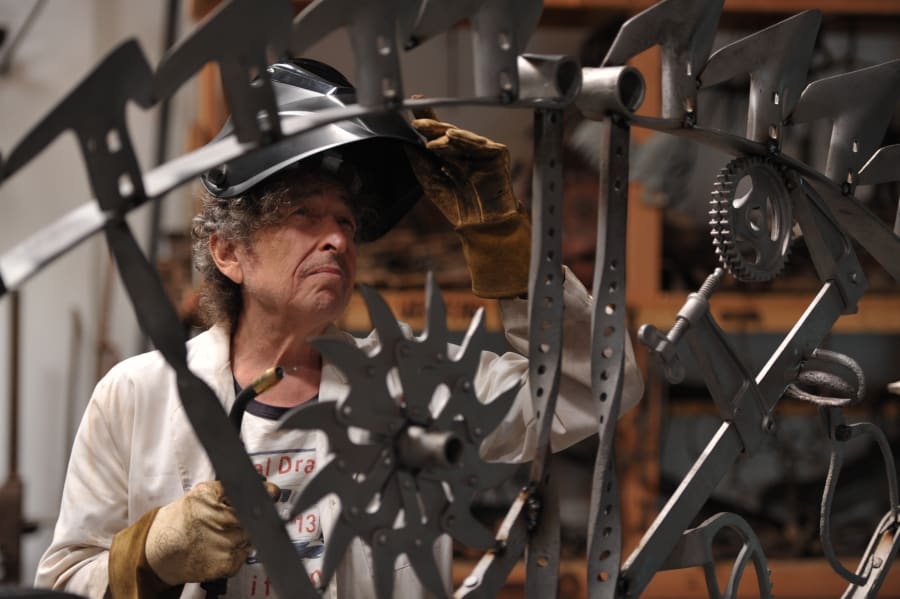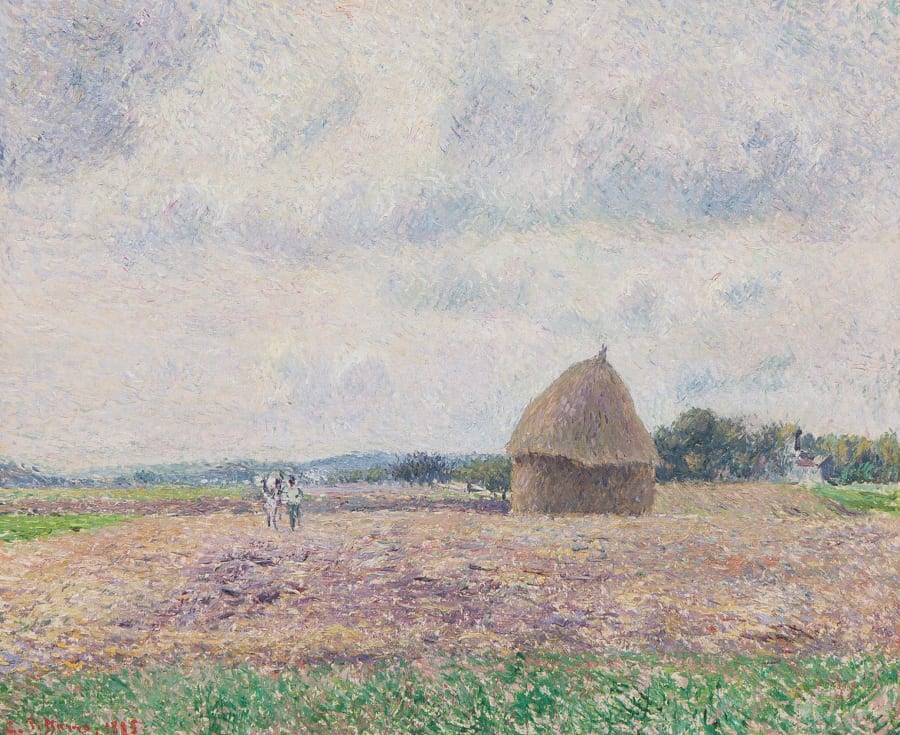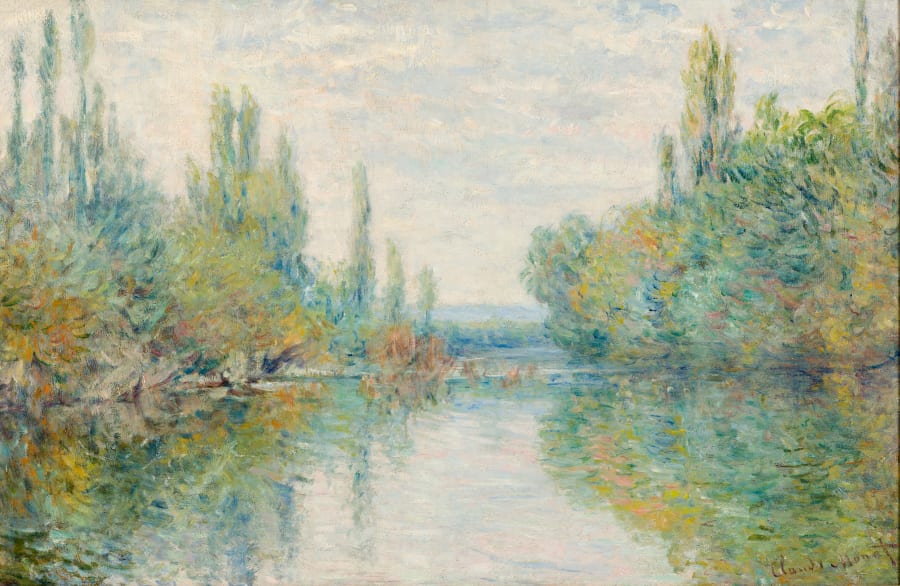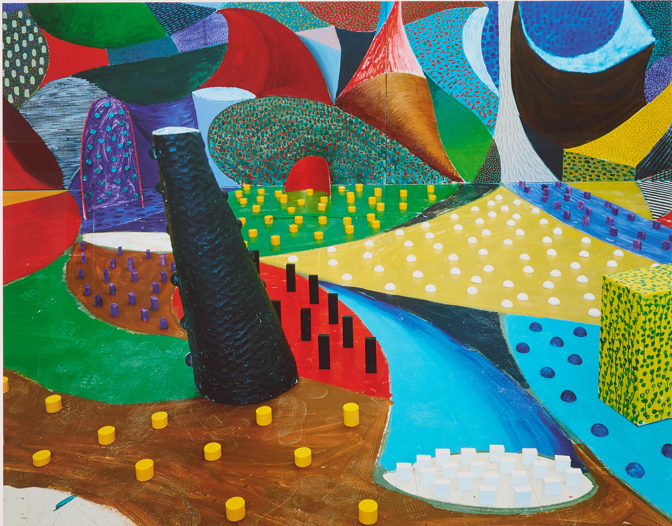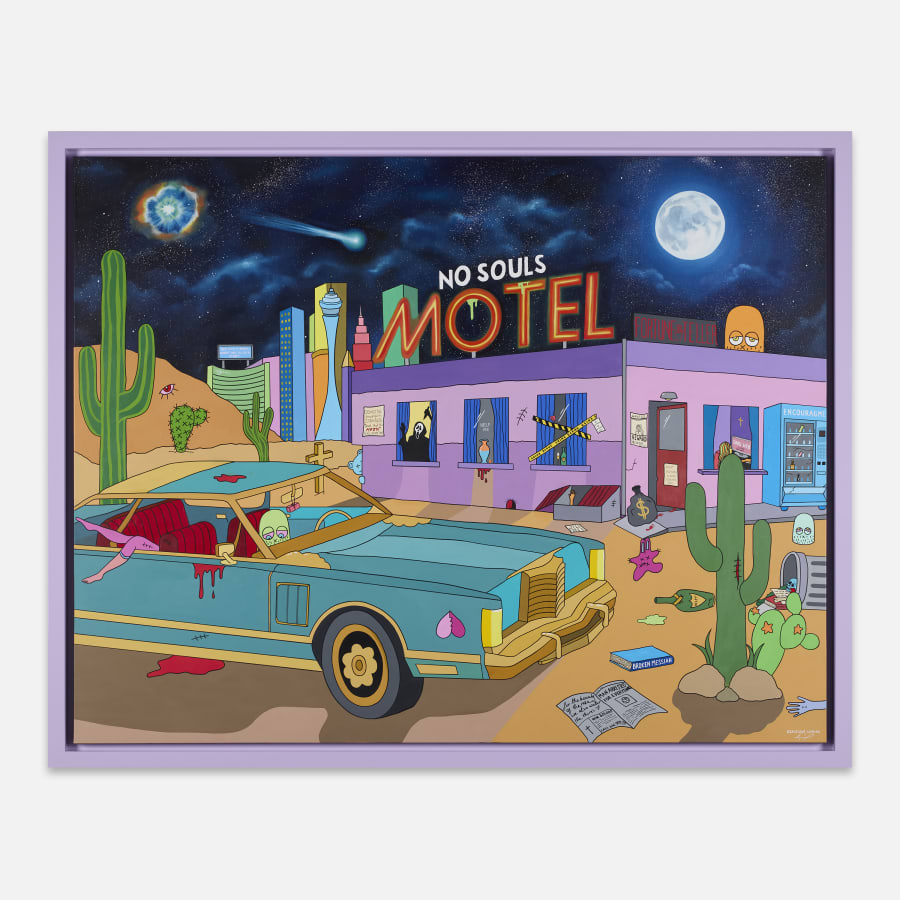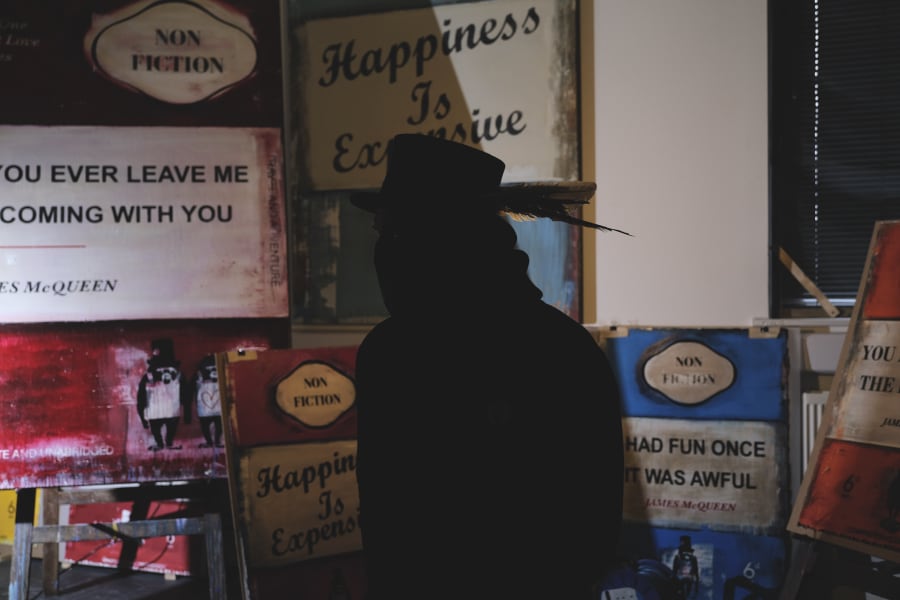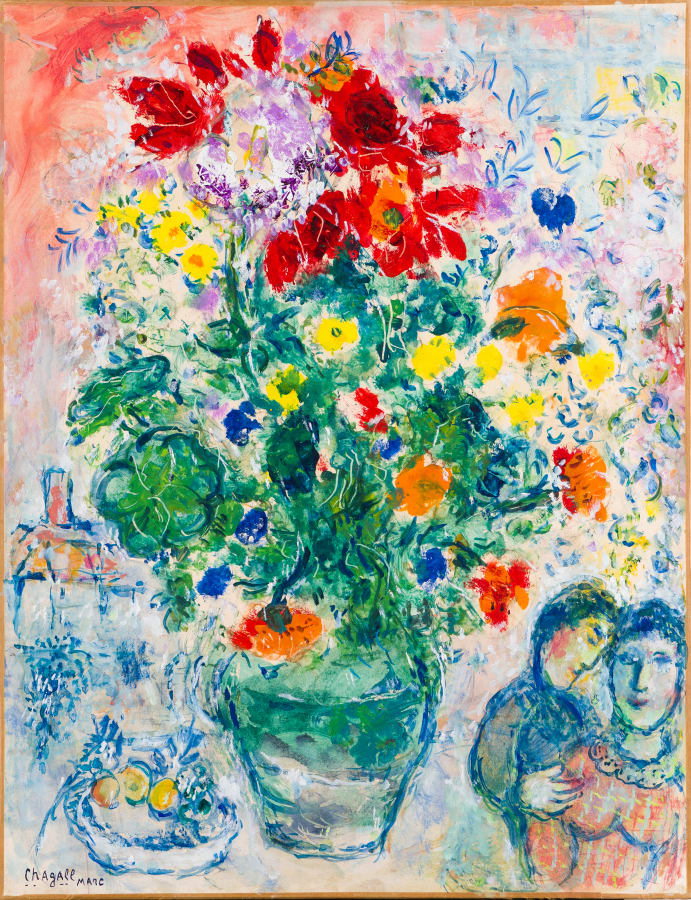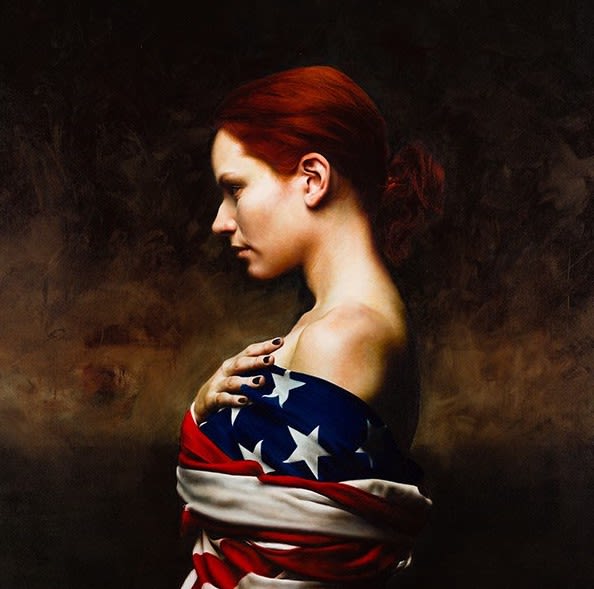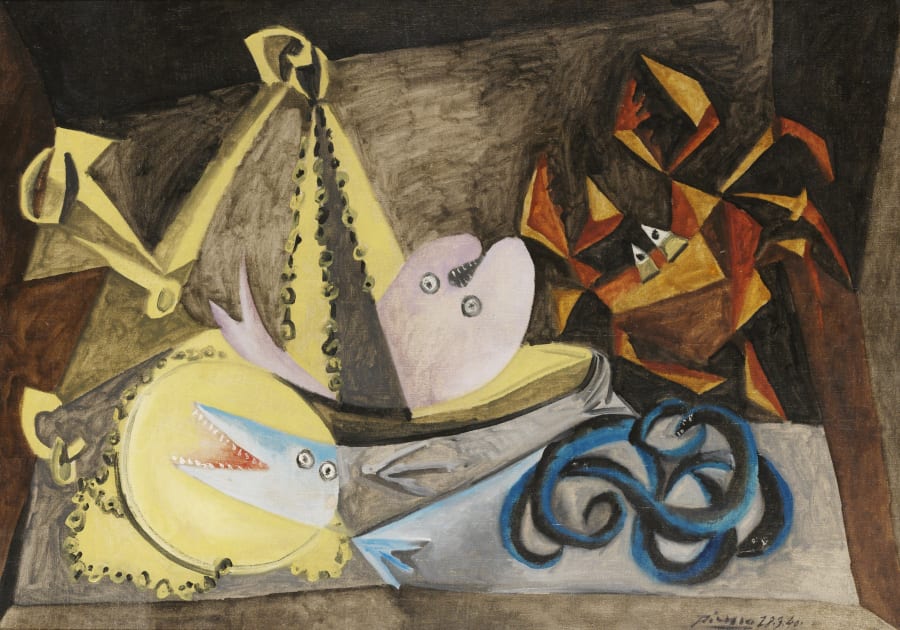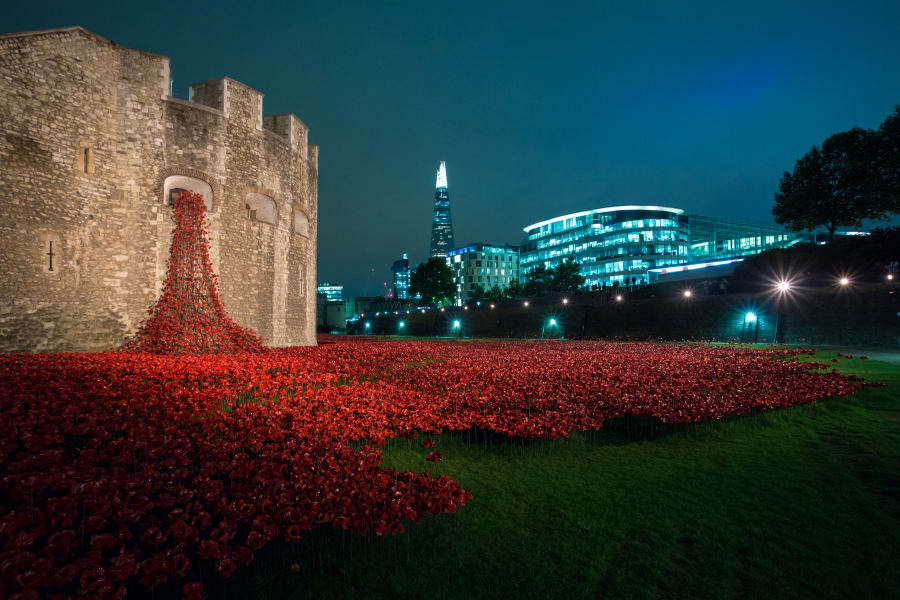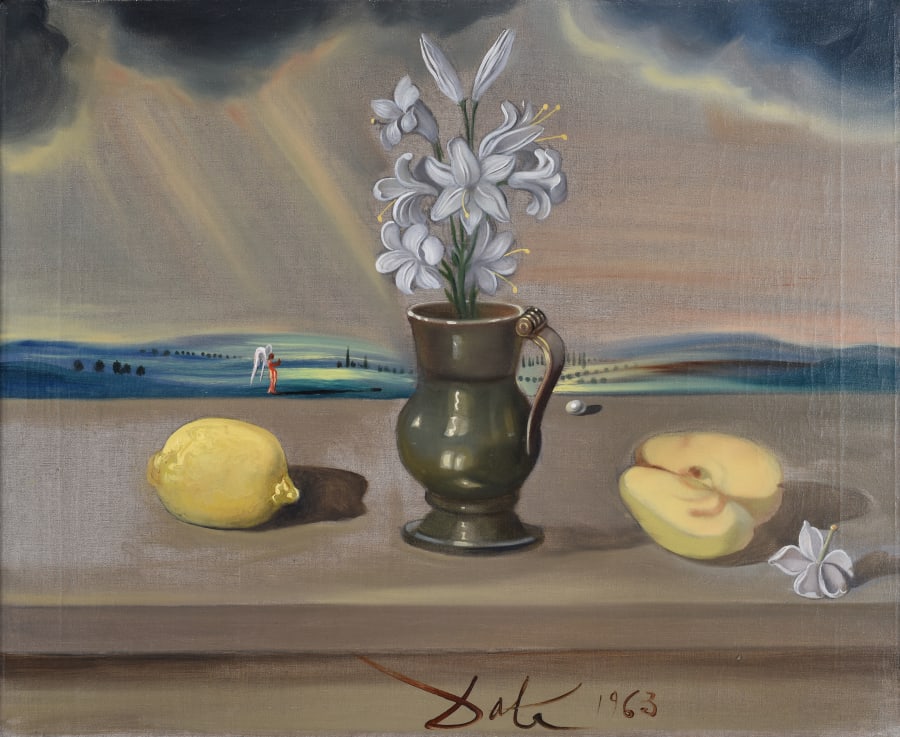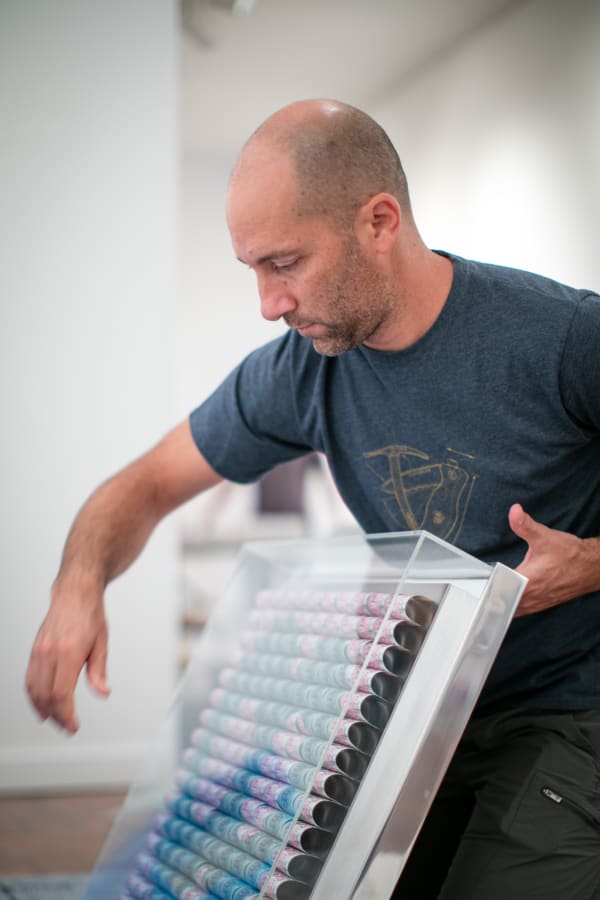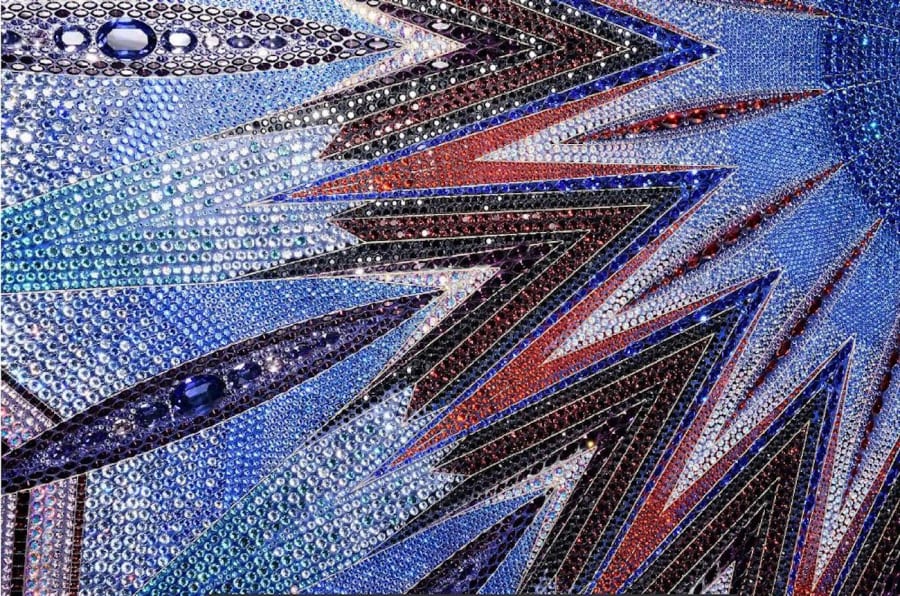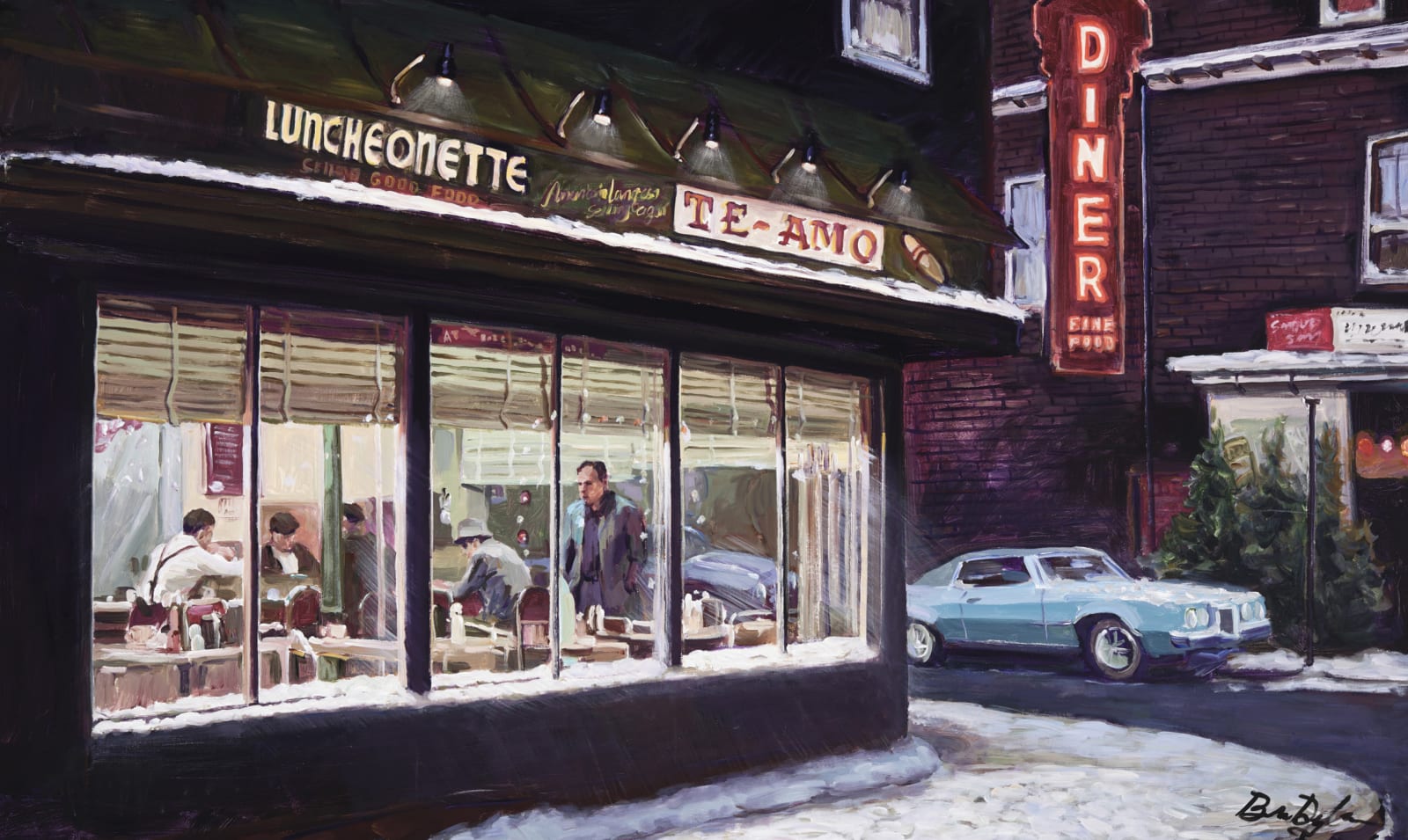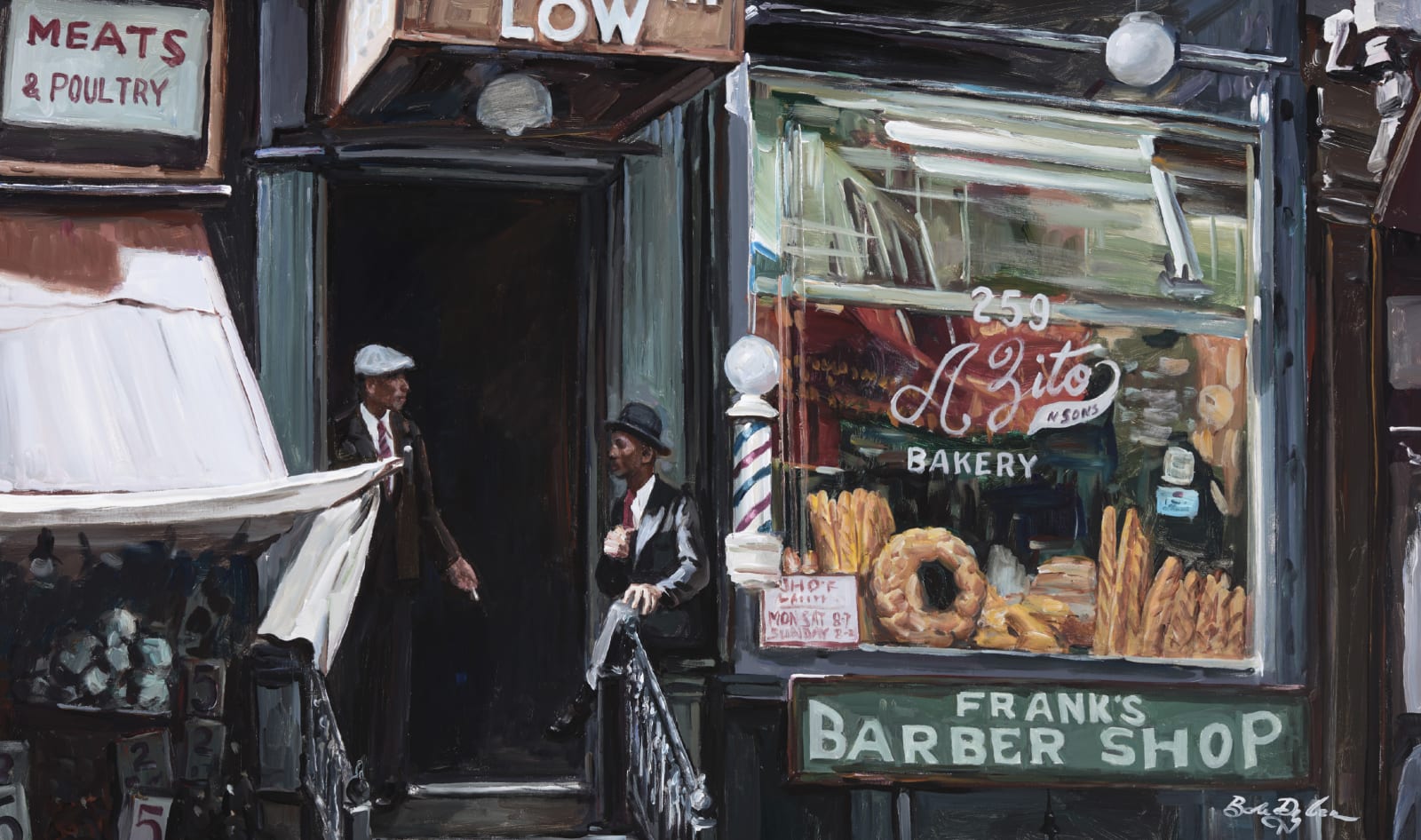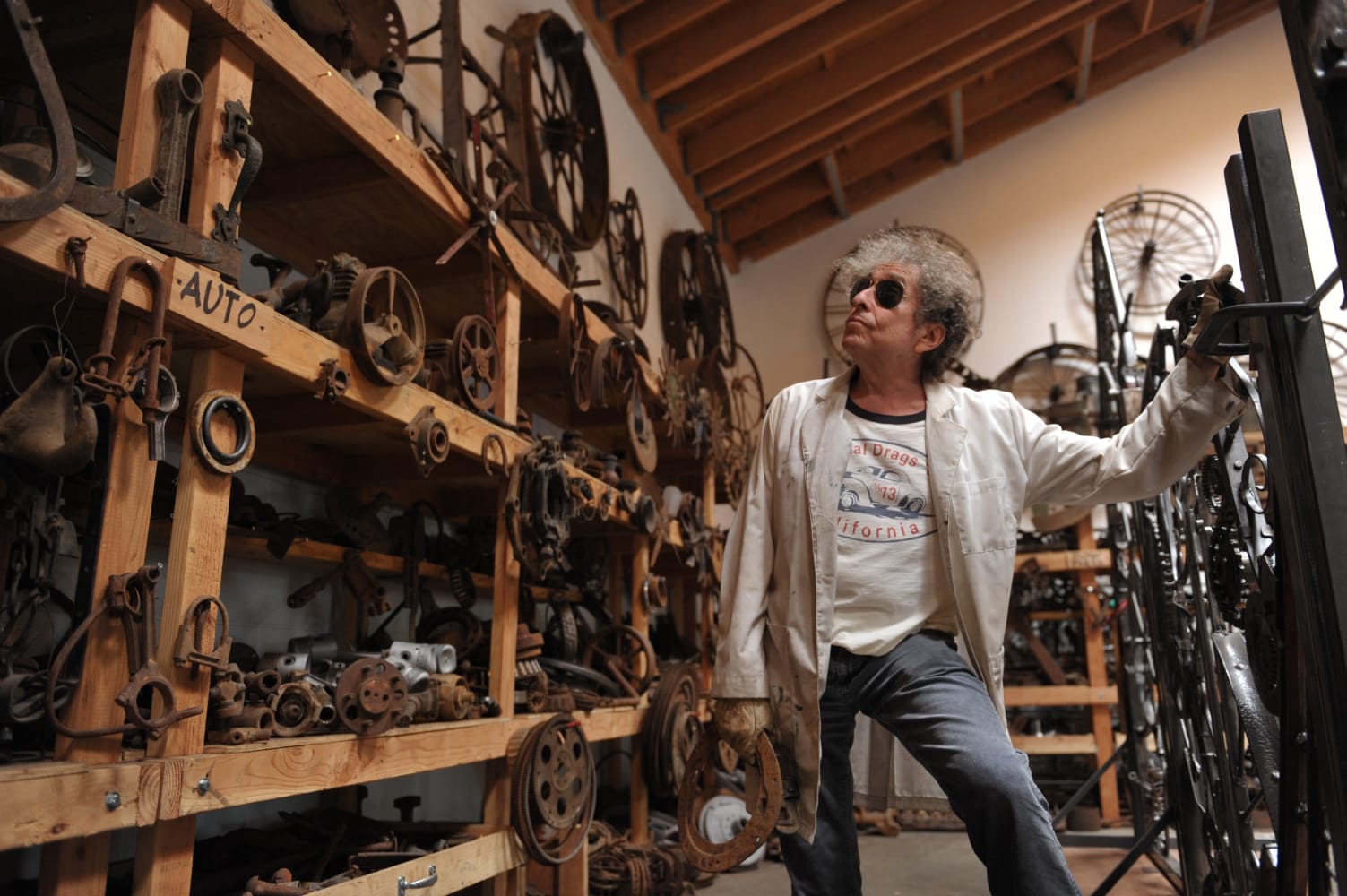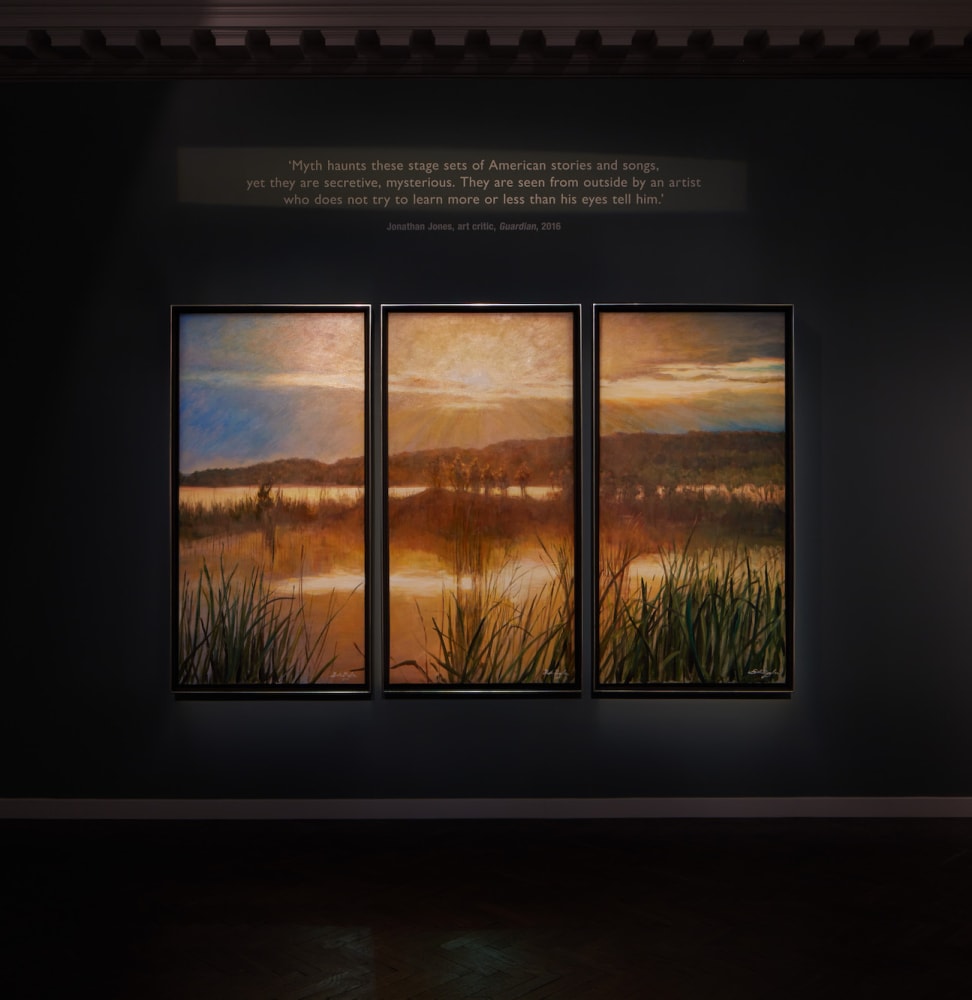Early Illustrations, Andy Warhol
Having just graduated from Pittsburgh's Carnegie Institute of Technology, Warhol moved to New York in 1949 and soon became one of the city's most successful commercial artists. His instantly recognisable, signature blotted-line drawing style was highly popular among the art directors of major fashion brands and he was awarded numerous industry accolades during the 1950s. His work appeared in the likes of Vogue, Harper's Bazaar and the New York Times.
Warhol also self-published books, individual prints and cards in order to promote his fanciful, elegant drawing style and visual wit. He would gift these to friends and clients alike, as is often denoted in the inscriptions on the cover of books such as Wild Raspberries of 1959. Portfolios such as À La Recherche du Shoe Perdu proved such an instant hit that Serendipity Café offered to hang and sell leftover prints from the project. He produced several self-published books between 1953 and 1960, with images drawn from photographs, historical and popular sources.
Alongside his commissioned commercial work, Warhol was simultaneously pursuing a career as a fine artist, holding numerous exhibitions of his personal projects in small, yet prominent New York galleries such as The Bodley Gallery on the Upper East Side. Hand-coloured drawings of shoes, cats, children, flowers and intimate portraits of lovers, as well as numerous collaborations with his mother and friends, dominated his oeuvre in the 1950s. Also included in An Exhibition of Early Illustrations by Andy Warhol, is a beautiful and rare ballpoint drawing of a geisha, Woman in a Kimono from 1956. Warhol kept a sketchbook while on his world tour through Europe and Asia, in which he mostly drew from life as opposed to lifting imagery from popular magazines and photographs, a technique he was also known for practicing.
Andy Warhol's early illustrations of the 1950s arguably offer a more intimate encounter with the artist than the cool persona fronting his Pop art aesthetic of the 1960s and beyond. Revealing his masterful grasp of the simple line drawing, his great capacity to find endless variations of a single theme, and his conceptualisation of art made for reproduction, this extraordinary body of work presented by º”¿’B Gallery represents the catalyst of Warhol's remarkable artistic career.
